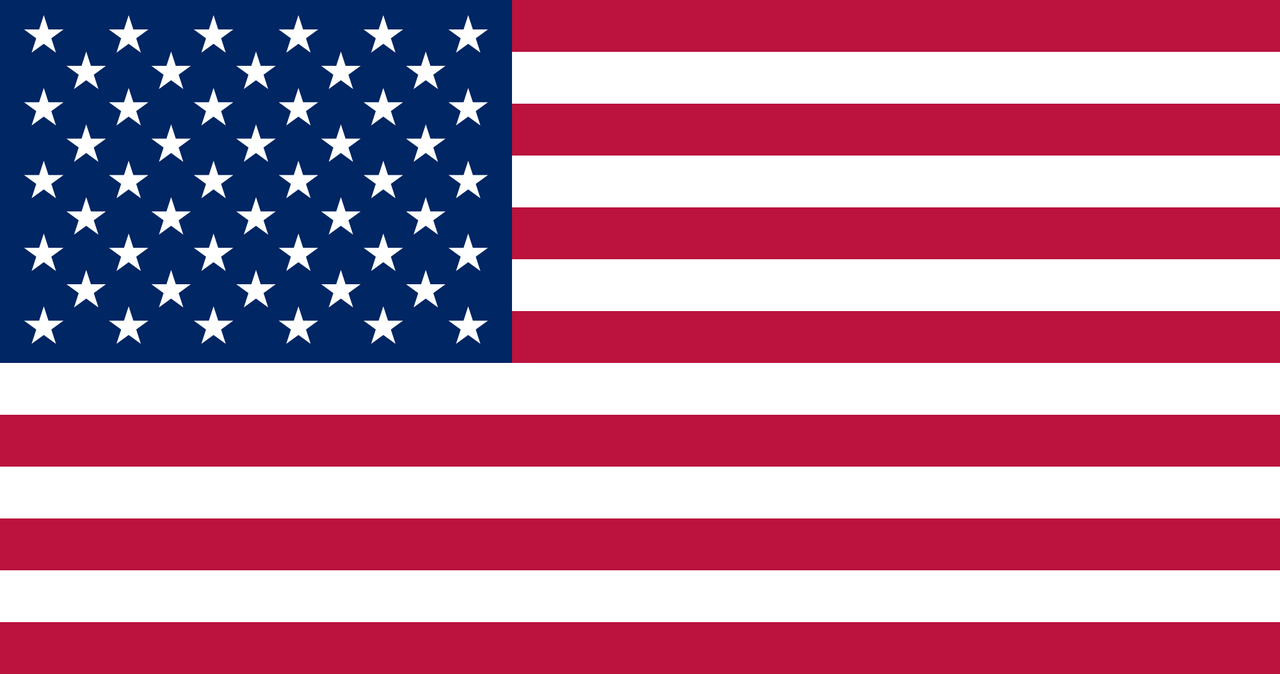American flag Colors Code hex, png svg
History and Meaning of the American Flag
The American flag, often referred to as the “Stars and Stripes,” is a symbol of freedom, democracy, and national pride. It has a rich history, and its design has evolved over time, reflecting the growth and changes in the United States.
History of the American Flag
The first official American flag was adopted on June 14, 1777, by the Continental Congress. This day is now celebrated annually as Flag Day. The original design, known as the “Betsy Ross” flag, featured 13 stripes alternating red and white, with 13 white stars on a blue field, representing the 13 original colonies.
As the nation expanded, additional stars were added to the flag to represent new states joining the Union. The most recent change occurred on July 4, 1960, when the 50th star was added for Hawaii.
Colors of the American Flag
The American flag features three primary colors. Below are the color names and their respective hex codes:
- Red: #B22234
- White: #FFFFFF
- Blue: #3C3B6E
Meaning of the Colors
The colors of the American flag hold significant meanings:
- Red symbolizes valor and bravery, reflecting the courage and sacrifices of those who have fought for the country.
- White represents purity and innocence, signifying the nation’s ideals and principles.
- Blue stands for vigilance, perseverance, and justice, embodying the commitment to uphold freedom and equality.
Design Elements
The American flag consists of 13 horizontal stripes, seven red and six white, which represent the original 13 colonies. The canton, or union, in the upper left corner features 50 white stars on a blue field, symbolizing the 50 states of the Union.
Legacy and Influence
The American flag is a powerful national symbol, representing the values and history of the United States. It is displayed prominently on national holidays, at government buildings, and in patriotic celebrations. The flag’s design and colors are recognized worldwide as symbols of American identity and unity.
Guess the Flags Quiz
Sharing is caring 🤗

National Symbols 👇
- 🏁 National Flags
- 🦁 National Animals
- 🐦 National Birds
- 🌻 National Flowers
- 🌴 National Trees
- 🥭 National Fruits
- 🍹 National Drinks
- 👴 National Founders
- ☘️ National Emblems
- 🍲 National Dishes
- 🏛️ National Monuments
- ✍️ National Poets
- 🕌 National Mausoleums
- 🎺 National Instruments
- 🦸 National Heroes
- 📆 National Days

